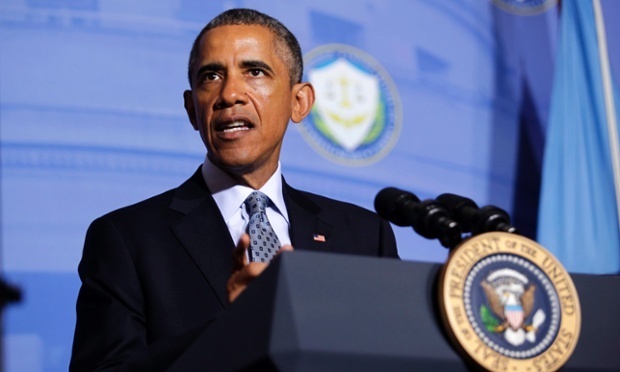Chrome got both its stable and beta versions hacked in just two minutes. Google paid $75,000 for just one buffer overflow in Chrome which allows an attacker to bypass the sandbox.
Apple’s Safari got also hit by using a use-after-free (UAF) vulnerability in an uninitialized stack pointer in the browser and bypassed the sandbox for code execution.
Internet Explorer 11 64-bit was taken out with a time-of-check to time-of-use (TOCTOU) vulnerability allowing for read/write privileges. The attacker evaded all the defensive mechanisms by using a sandbox escape through privileged JavaScript injection, all of which resulted in medium-integrity code execution.
Mozilla Firefox was hit with an out-of-bounds read/write vulnerability leading to medium-integrity code execution.
A team of researchers showed their skills against Flash by using a heap overflow remote code execution vulnerability and then leveraging a local privilege escalation in the Windows kernel through TrueType fonts, bypassing all defensive measures. They were awarded $60,000 for the Flash bug and a bonus of $25,000 for the SYSTEM escalation. Another researcher exploited Flash by using a use-after-free (UAF) remote code execution vulnerability and sandbox escape directory traversal vulnerability in the Flash broker.
Adobe Reader was exploited twice through a stack buffer overflow – once for an info leak and again for remote code execution. The researcher leveraged an integer overflow to exploit the broker, netting him a cool $60,000 USD. For the day, that brings his total payout to $90,000 USD.
The final numbers for Pwn2Own 2015 are quite impressive:
5 bugs in the Windows operating system
4 bugs in Internet Explorer 11
3 bugs in Mozilla Firefox
3 bugs in Adobe Reader
3 bugs in Adobe Flash
2 bugs in Apple Safari
1 bug in Google Chrome
————————————-
$557,500 USD bounty paid out to researchers
As with every Pwn2Own, all vulnerabilities were disclosed to their respective vendors in the “Chamber of Disclosures,” and each vendor is working to fix these bugs through their own processes.
The post Pwn2Own: Nothing is safe appeared first on Avira Blog.
![]()
